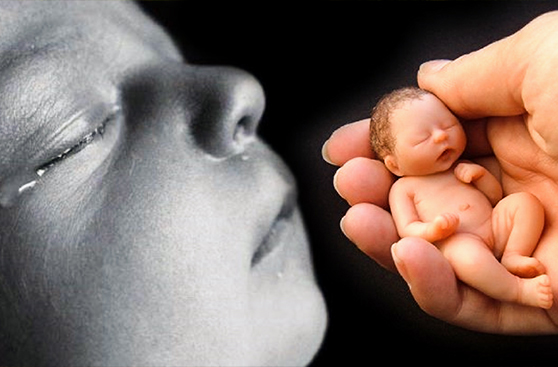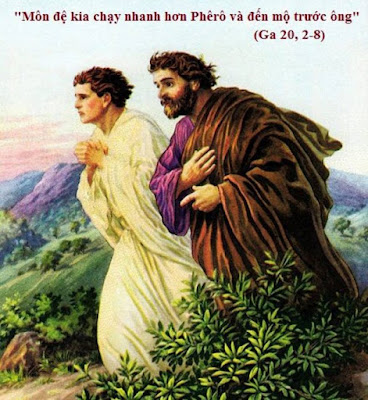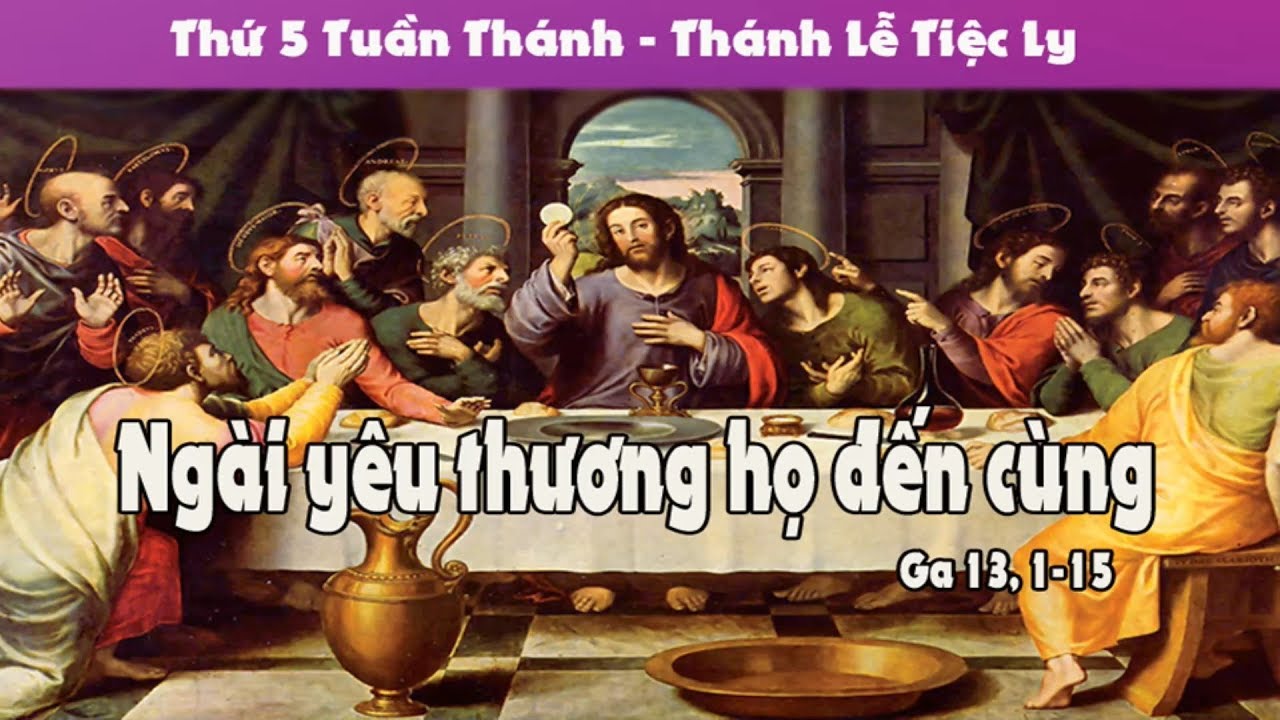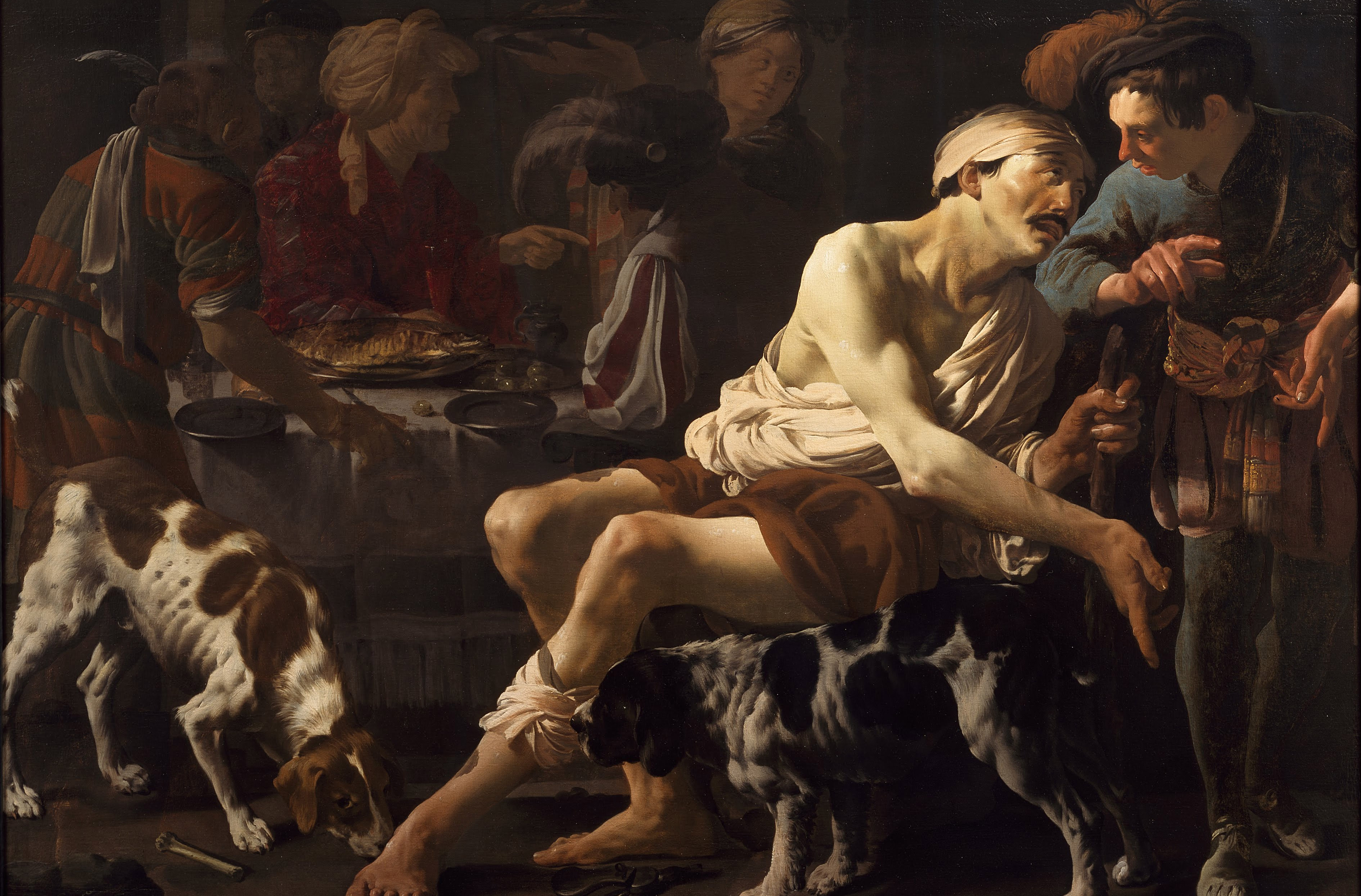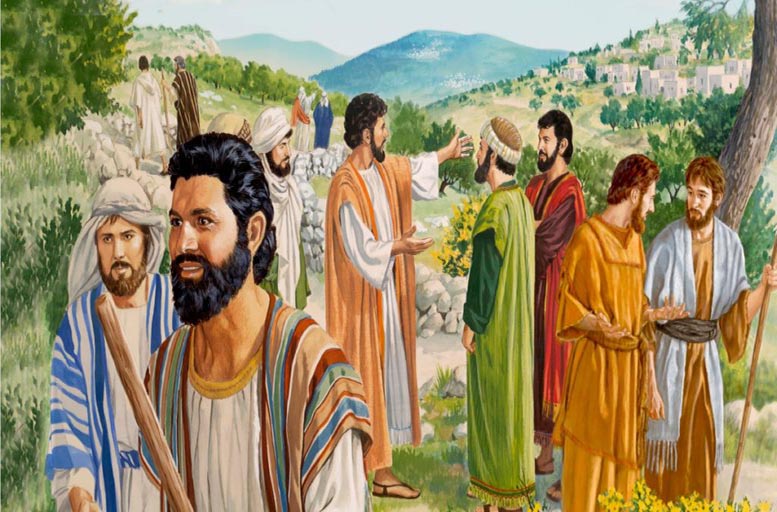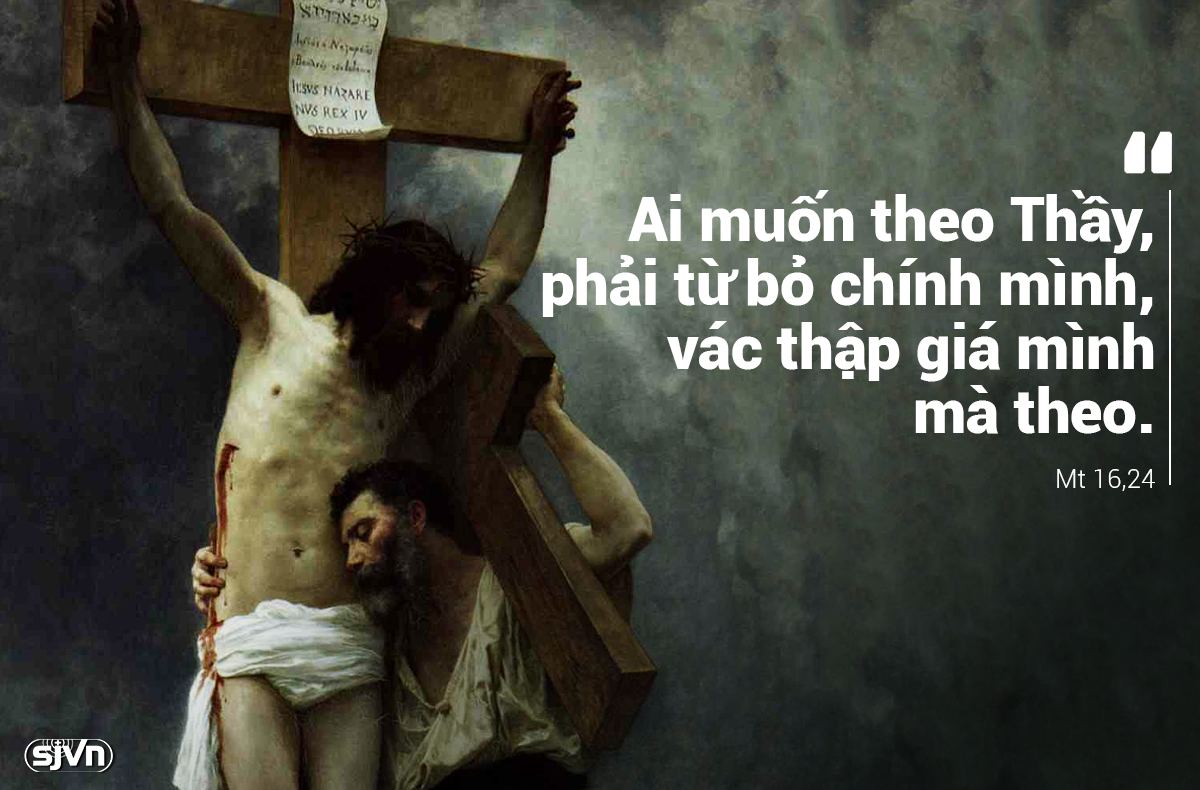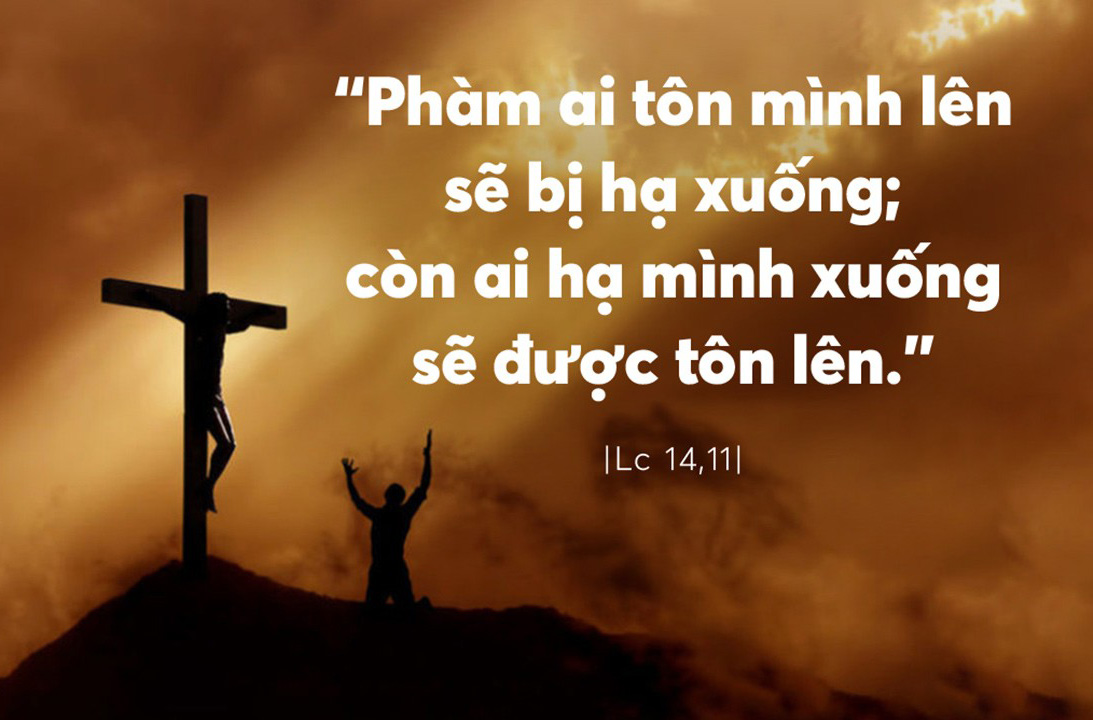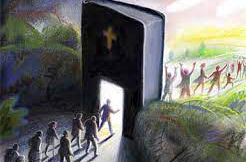Reflection
A Brief History of the Rosary
The 150 Psalms of the Old Testament's Psalms of David (or 'Psalter') became central to the cycle of prayer in the early Church, especially among monastic communities. As manuscripts of the Psalms were largely restricted to these communities and, indeed, as few people were able to read, a simpler form of prayer, which mirrored the recitation of the Psalms, was devised. The 'Our Father' was repeated 150 times - sometimes pebbles or knotted cords were used to keep an accurate count, but a ring of beads known as the crown or 'corona' became popular.
In the 12th century, with the growth in popularity of Marian devotion, the Hail Mary came to replace the Our Father as the prayer most associated with beads and the repeated recitation of the Hail Mary became known as the 'Psalter of the Blessed Virgin Mary'.
The 150 Hail Marys were subsequently subdivided into 15 decades by the young Dominican friar, Henry Kalkar (1328-1408), with each decade referring to an event in the life of Jesus and Mary. The Dominican, Alanus de Rupe (1428-1478) further divided the episodes in the history of salvation into the joyful, sorrowful and glorious mysteries. He also attributed the origin of the Rosary to St Dominic and so spurred the Dominican Order to make the Apostolate of the Rosary their special concern.
The tradition that Our Lady gave the Rosary to St Dominic (1170-1221) is well known, but disputed by some scholars. Pope Leo XIII was in no doubt. In his encyclical Octobri Mense, he states that the Rosary does in fact have its origin from Our Lady herself 'by her command and counsel' to Saint Dominic. Pope Leo XIII teaches: 'That the Queen of Heaven herself has granted a great efficacy to this devotion is demonstrated by the fact that it was, by her command and counsel, instituted and propagated by the illustrious St Dominic, in times particularly dangerous for the Catholic cause.' This tradition has been depicted in many paintings.
The Dominican pope, St Pius V, did much to further the spread of the Rosary which became one of the most popular devotions in Christendom. It was the same Pope St. Pius V, who in 1569 officially approved the Rosary in its present form with the Papal Bull, Consueverunt Romani Pontifices. The Rosary had been completed by the addition of the second half of the 'Hail Mary'
* and the 'Glory be to the Father' at the conclusion of each mystery.* The Hail Mary incorporates two passages from Saint Luke's Gospel: the Angel Gabriel's greeting at the Annunciation 'Hail, full of grace, the Lord is with thee', and Elizabeth's greeting at the Visitation 'Blessed art thou amongst women and blessed is the fruit of thy womb.' In the mid-13th-century Western Europe the prayer consisted only of these words with the single addition of the name 'Mary' after the word 'Hail', as is evident from the commentary of Saint Thomas Aquinas on the prayer. The petition 'Holy Mary, Mother of God, pray for us sinners, now and at the hour of our death. Amen.' appeared in the 15th century and was included in the Catechism of the Council of Trent in 1566.
In October 2002, Blessed John Paul II added a further set of mysteries to the meditations of the Rosary - the Mysteries of Light or Luminous Mysteries. These were first proposed in 1957 by St George Preca, Malta's first native saint, who was canonised by Pope Benedict XVI in 2007.
The List of Contributions Received by Caritas Vietnam
1. The list of 2024 contributions to the Caritas Vietnam general charity fund
2. The list of 2023 contributions to the Caritas Vietnam general charity fund
Latest project information
Copyright © 2018 by COMMISSION on CHARITY and SOCIAL ACTIONS - CARITAS VIETNAM
Total visits: 26,055,893


